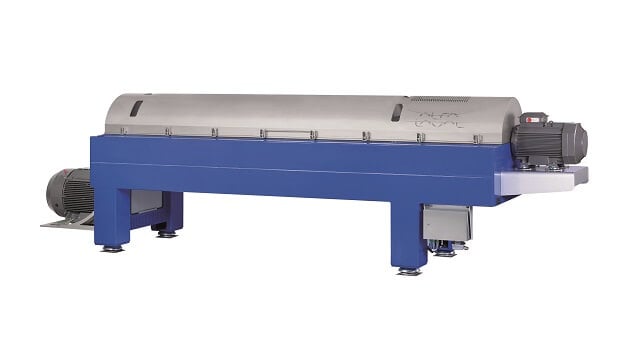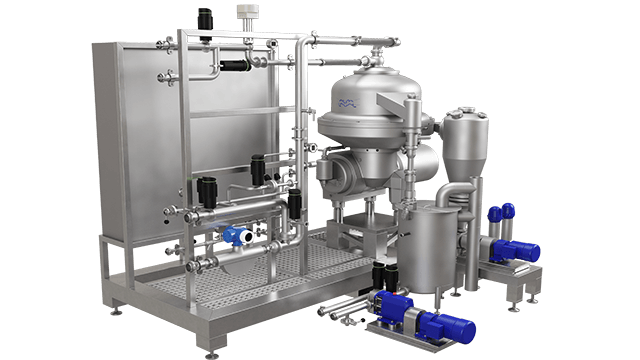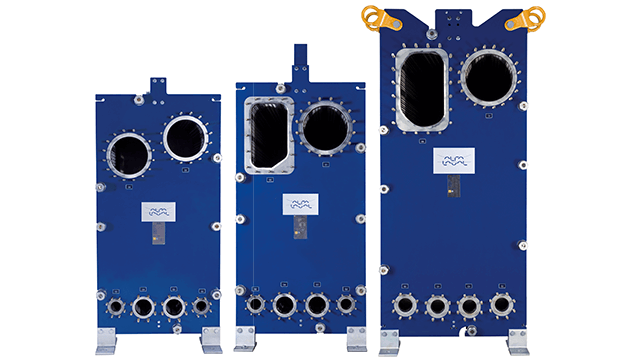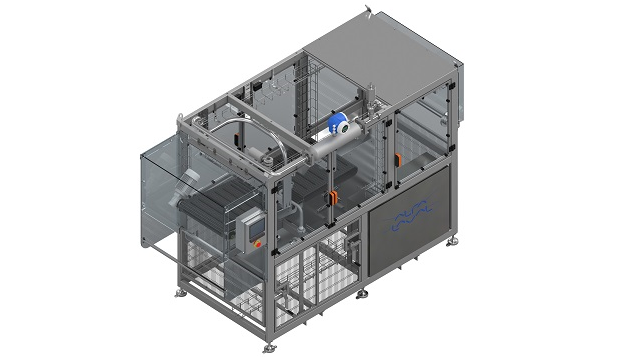Value from leftovers gets to the bones of the circular economy
A partnership between UK agri-food tech company, Elemental, and Alfa Laval has resulted in the recovery of additional value-added products from animals processed by a meat producer. Alfa Laval’s separation and evaporation systems are central to ground-breaking food-processing technology that recovers valuable proteins, fats, and minerals from the by-products of the meat industry. This eliminates a previously expensive waste stream and supporting an income-generating circular economy for the businesses involved.
DATE 2023-11-28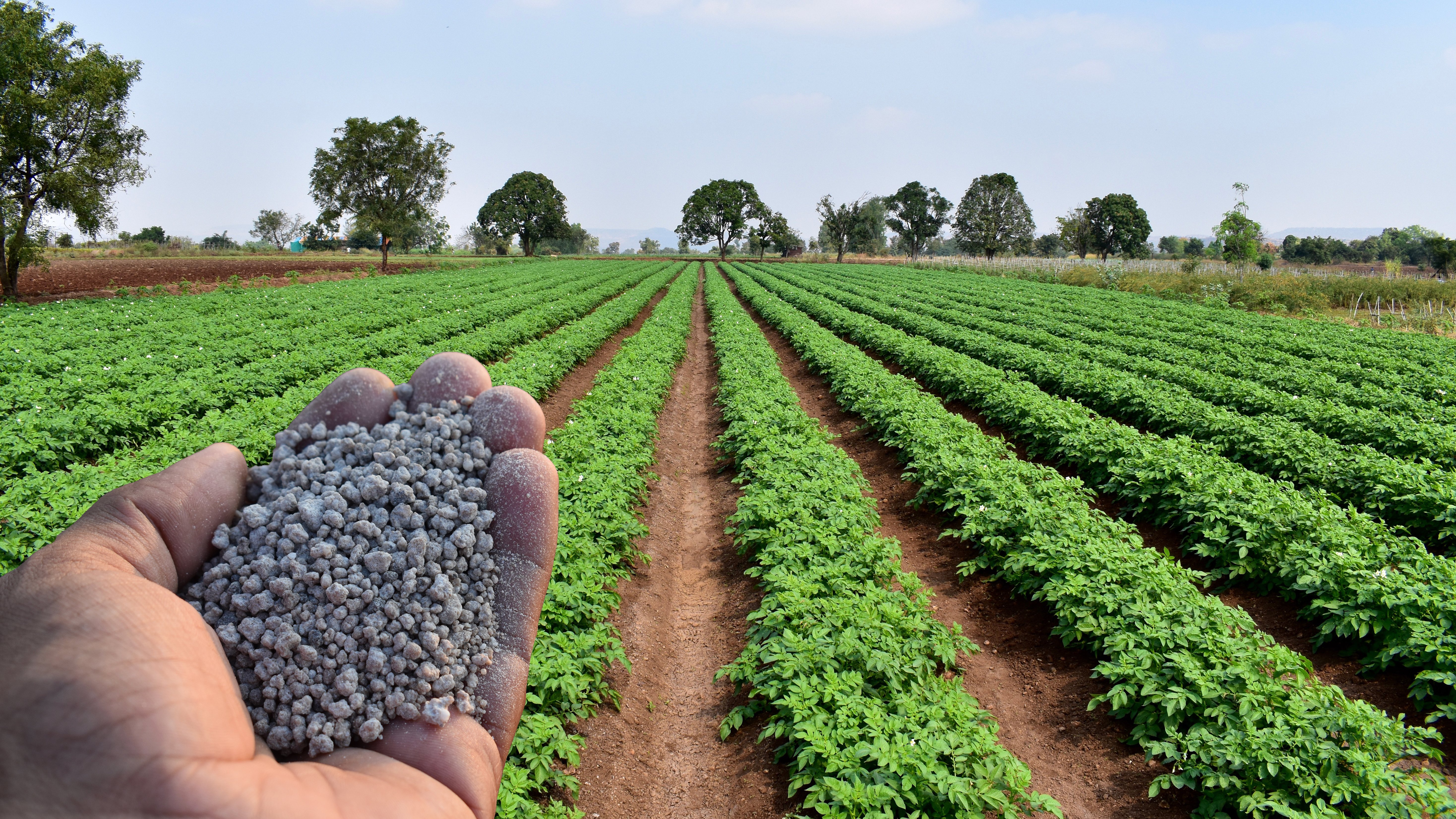
Using technology patented by Elemental, meat producers can recover up to 20 percent more human-grade protein and fat from each animal processed while turning inedible waste into a sustainable fertilizer. This amounts to an increased protein and fat yield of 30-40kg per animal, says Dean Hislop, CEO at Elemental.
“A lot of leftovers from meat production can be recovered for human consumption, fertilizers, and biofuel. Regulations prevent us from upcycling all by-products. In total, we enable meat producers to convert up to 78 percent of the animal by-products into value-added products.”
Alfa Laval supplied a protein system consisting of a SANX decanter, three AFPX disk-stack centrifuges, an AlfaVap evaporation system, and an Astepo Grande bag-in-box filler for installation in this processing line.
Alfa Laval’s Regional Sales Engineer Alan Farr spent many months of discussions with the meat producer and Elemental before the order was signed.
“They were initially working on a process designed by a third party, but they felt a lot more comfortable and a lot more confident in Alfa Laval’s solution,” Alan explains. “They liked our equipment better, and they liked the fact that we had a lot more experience in the protein industry.”
The process breaks down left-over bones using Elemental’s enzyme digestion and Alfa Laval’s separation equipment to produce high-quality, human-grade proteins and fats; and, minerals such as bone phosphate. The minerals are further processed by Elemental to produce an organo-mineral fertilizer which is safe to use on arable crops and grasslands used for grazing animals.
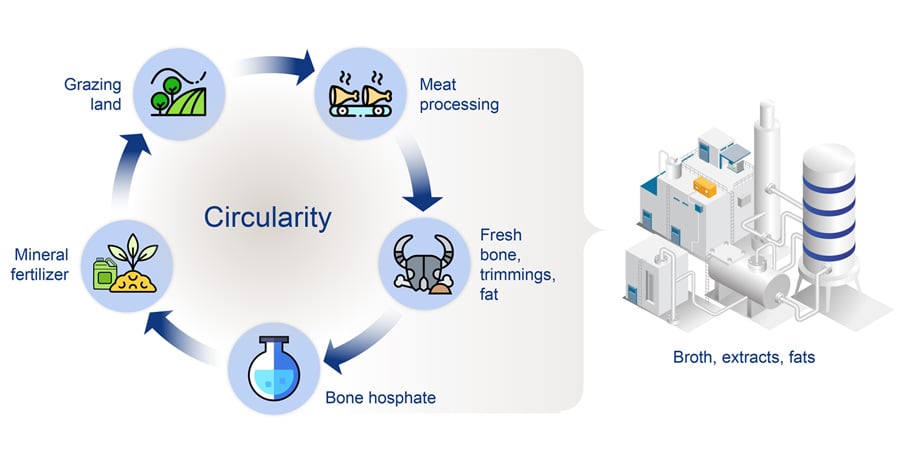
“With our technology and Alfa Laval’s equipment, a meat producer can take a costly waste stream, make it zero waste and create sustainable valuable products out of it,” says Dean. “We can recycle processing by-products traditionally treated as waste and upgrade them into food ingredients and fertilizers. It then becomes a closed-loop, completely circular process because the fertilizer goes back to the farms to grow the grass to raise the cattle. Our process has been approved by UK regulators and is a safe way to recycle meat processing by-products back to the land in the form of fertilizer.”
The introduction of the new process and products has required some hard work for all parties. “In general, meat producers appreciate what our technology can do for their business by reducing waste and carbon footprints along with improving product sustainability. In turn, their customers love the traceability and zero waste impact of the products, which improves their reputation. But getting any new product into the market is always a challenge and requires a change to the onward supply chain, which is not an easy task at times,” says Dean.
This last aspect fostered a need for a lot of additional data and information underpinning the improved total cost of ownership.
“Based on the fact that there was previously a cost involved in disposing of the bones, and now they are extracting value from the bones and selling them with an income, there is a very attractive business payback as well as all the other sustainable benefits. It’s a win from every angle,” Alan concludes.

The meat producer recovers 20% more product suitable for human consumption from each animal, which amounts to 30-40 kg per animal.
By doing so, the meat producer lowers its carbon footprint by approx. 13%. This contributes towards reducing global emissions from livestock, which amounts to 7.1 Gigatonnes of CO2-equivalent per year, representing 14.5% of all anthropogenic greenhouse gas emissions. Cattle represent 65% of the livestock sector’s emissions.
In addition, the meat producer recovers bone phosphate, which contains phosphorous, an essential - and expensive - ingredient in fertilizers. This is used for growing more crops and feed more livestock. Phosphorous is a finite resource and can only be retrieved from a limited number of mines around the world - or, even better, recovered from waste streams.
Global meat consumption is projected to rise by 73% by 2050.

